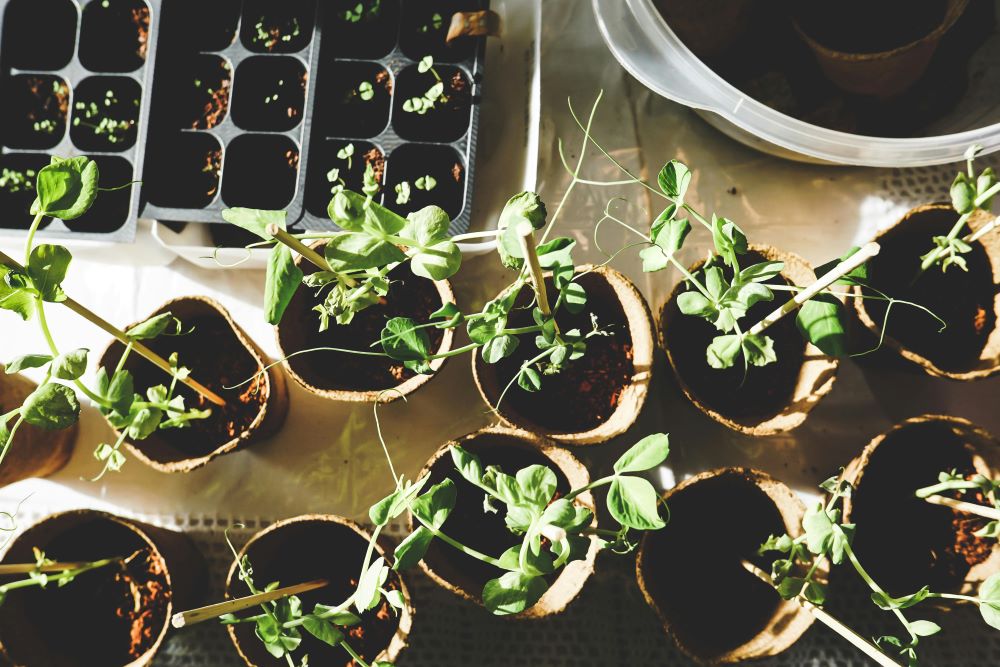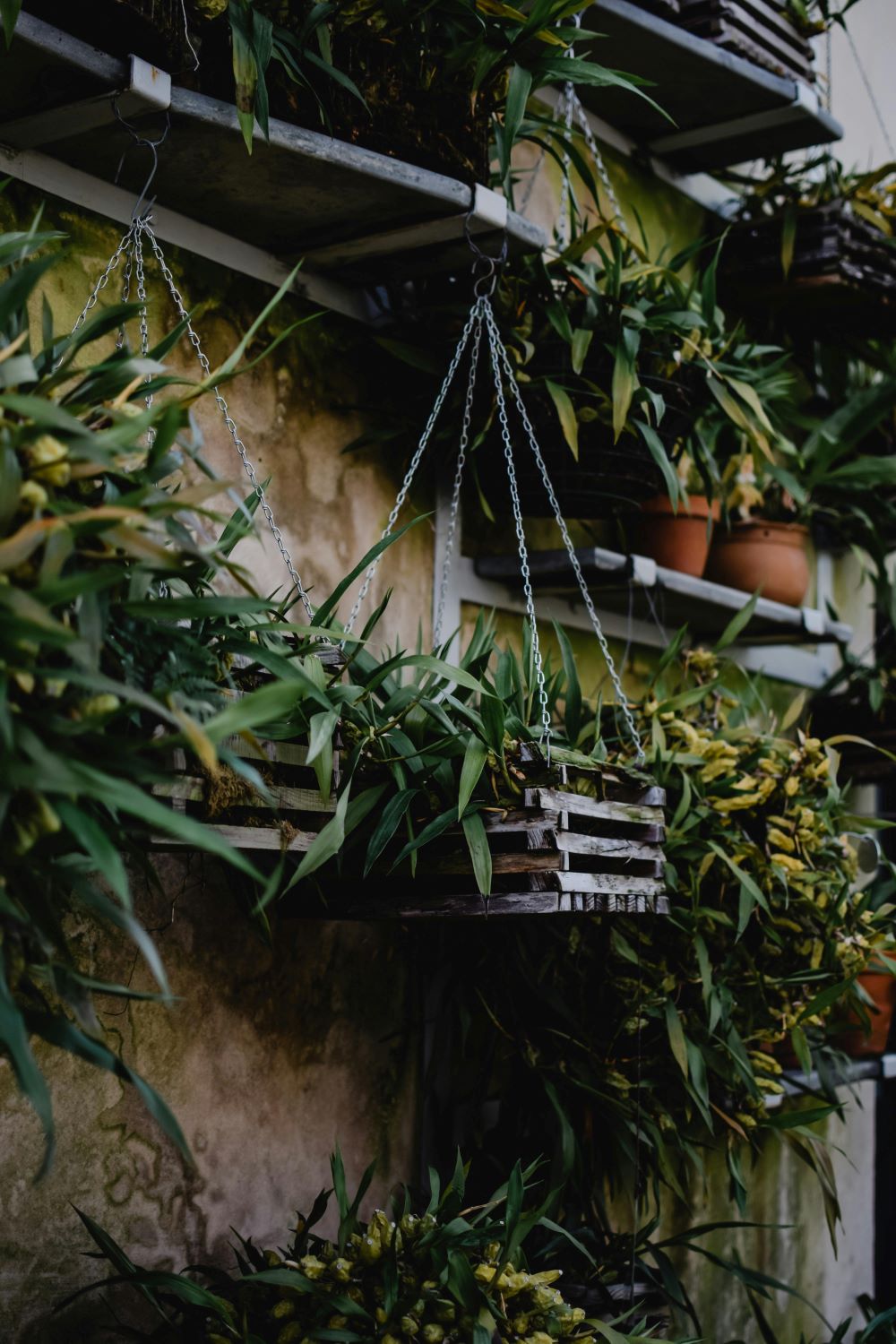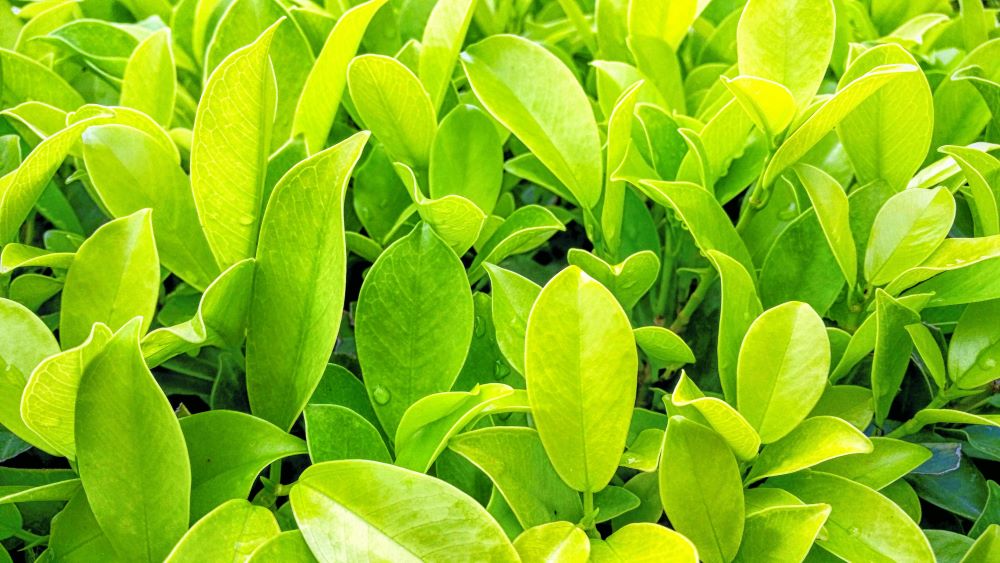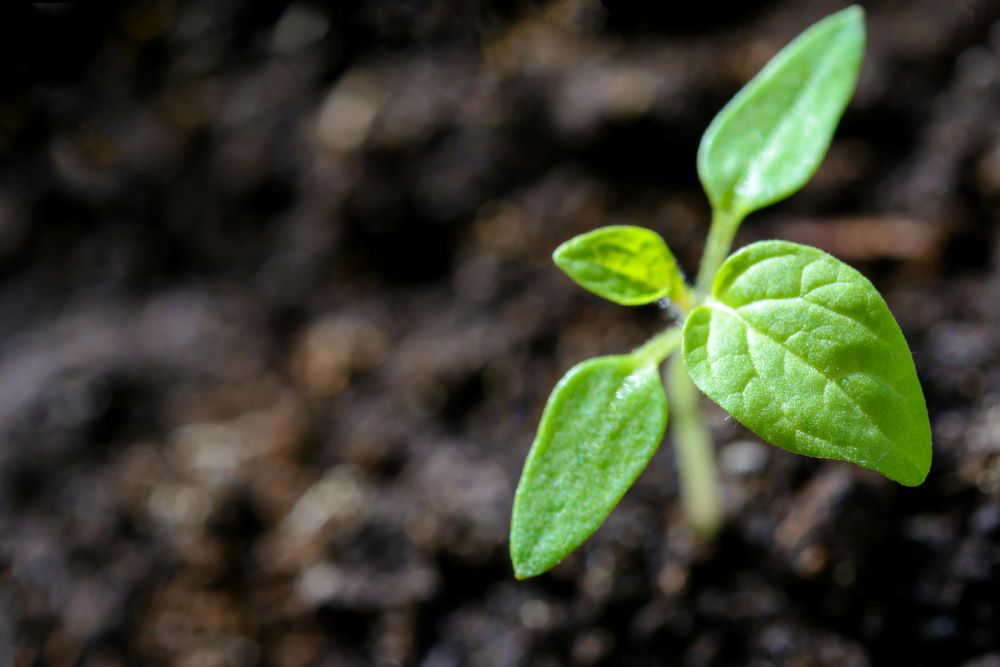Urban Gardening in India: How to Grow Your Own Food in Small Spaces
Space is limited in Indian cities, but that doesn’t mean you can’t grow your own food. With traditional wisdom, simple tools, and smart techniques, you can cultivate fresh vegetables, herbs, and fruits—even on a small balcony or a windowsill. This guide blends modern urban gardening with time-tested Indian practices to help you start your own mini farm at home.
1. Finding the Right Space for Your Garden
Most homes have some access to natural light, even if it’s just a sunny window. Choose a spot that gets 4–6 hours of sunlight daily:
- Balconies and rooftops are perfect for large containers.
- Windowsills can grow herbs and microgreens.
- Courtyards and verandahs allow for bigger setups.
- Walls and railings can support vertical gardening.
If your space lacks direct sunlight, try LEDs instead.
2. Using Vertical Gardening to Save Space
Many Indian homes have limited floor space, so growing plants vertically is the best option.
Traditional Indian Ideas:
- Hanging coconut shells to grow herbs like tulsi, coriander, and pudina.
- Bamboo or jute planters for lightweight and breathable containers.
- Wall-mounted pots made from recycled clay or earthenware.
Modern Solutions:
- Hanging baskets for strawberries and tomatoes.
- Vertical racks for leafy greens like methi and spinach.
- Trellises for climbers like gourds, beans, and creepers.
DIY Tip: Use old sacks or jute bags filled with soil to grow vegetables like brinjal and chilies.
3. Best Crops for Indian Urban Gardens
Not all plants grow well in small spaces, but many Indian varieties thrive in pots.
Best Indian Herbs
- Tulsi (Holy Basil)
- Curry leaves
- Mint (Pudina)
- Coriander (Dhania)
- Ajwain (Carom plant)
Best Vegetables for Small Spaces
- Methi (Fenugreek)
- Spinach (Palak)
- Brinjal (Eggplant)
- Tomatoes
- Green chilies
Easy Fruits to Grow at Home
- Lemons (Dwarf variety)
- Guava (in large pots)
- Papaya (small-sized hybrid varieties)
- Strawberries
4. Choosing the Right Containers
Indian households have always reused items creatively. Instead of buying expensive pots, try these traditional alternatives:
- Clay or earthen pots—Maintain moisture balance and prevent overheating.
- Reused plastic buckets—Drill holes at the bottom for drainage.
- Coconut shells or bamboo baskets—Eco-friendly and great for herbs.
- Gunny bags or sacks—Perfect for root vegetables like potatoes.
You can also use old steel utensils, broken earthen pots, or wooden crates.
5. Soil and Natural Fertilizers for Healthier Plants
Avoid chemical fertilizers and use these traditional Indian soil-enriching techniques:
- Panchagavya – A fermented mixture of cow dung, cow urine, jaggery, and other natural ingredients, used as an organic fertilizer.
- Vermicompost – Earthworm composting, which improves soil fertility.
- Gobar (Cow dung) compost – A natural soil conditioner, widely used in Indian villages.
- Banana peel and buttermilk spray – Provides potassium and calcium for plant growth.
DIY Tip: Crush eggshells and mix them into the soil for extra calcium.
Where to buy organic fertilizers in India:
Visit local nurseries or agriculture offices to collect organic fertilizers. You can also checkout the following websites:
6. Traditional Indian Water-Saving Techniques
Water conservation is crucial, especially in Indian summers. Here’s how to water wisely:
- Matka (Clay pot) irrigation – Bury a small earthen pot with a tiny hole near plants. It slowly releases water, keeping the soil moist.
- Mulching with dried leaves or coconut husk – Prevents water loss.
- Drip irrigation with old plastic bottles – Poke a hole in a bottle, fill it with water, and place it upside down in the soil.
If you live in an area with water shortages, consider rainwater harvesting to irrigate plants.
7. Natural Pest Control Without Chemicals
In India, organic and Ayurvedic methods have been used for centuries to keep pests away:
- Neem oil spray – Mix neem oil with water and spray to deter insects.
- Buttermilk and turmeric spray – Prevents fungal infections.
- Marigold flowers – Plant around your vegetables to repel pests naturally.
- Ash and cow dung dusting – Keeps insects off leaves.
A simple DIY insect repellent:
Mix crushed garlic, chili powder, and soap water. Spray on affected plants to keep aphids and caterpillars away.
8. Fastest Crops to Grow in India
Want quick results? Try these fast-growing plants:
- Methi (Fenugreek) – 10–14 days
- Coriander – 15–20 days
- Radishes – 20–30 days
- Spinach – 30–40 days
- Spring onions – Regrow from kitchen scraps in 10 days
Regrowing vegetable scraps is a low-cost method. You can regrow coriander, curry leaves, and garlic chives in water before transplanting them into the soil.
9. Community Gardening in India
If you have no space at home, you can still grow food in community gardens. Many Indian cities now have shared urban farms and rooftop farming initiatives. Contact your local leaders to learn more about community garden initiatives nearby.
You can also collaborate with temples and nearby nurseries, where community farming projects are often encouraged.
10. Step-by-Step Plan to Start Your Urban Garden
- Choose a space – Balcony, terrace, or windowsill.
- Select easy crops – Herbs like tulsi, coriander, or methi.
- Use available containers – Clay pots, sacks, or plastic bottles.
- Prepare organic fertilizer – Use cow dung compost or banana peels.
- Water efficiently – Try matka irrigation or mulch.
- Prevent pests naturally – Use neem spray and companion planting.
- Harvest and expand – Once confident, grow tomatoes, brinjal, and gourds.
Final Thoughts
Urban gardening in India is not just a hobby—it’s a return to our traditional roots of sustainable living. With simple, cost-effective, and time-tested techniques, anyone can grow fresh food at home. Whether you are in a metro city or a small town, start small, experiment, and enjoy the benefits of homegrown produce.
By blending Indian traditional knowledge with modern techniques, we can make urban gardening accessible to everyone, regardless of income or space. Start today and take a step towards a better society.



































